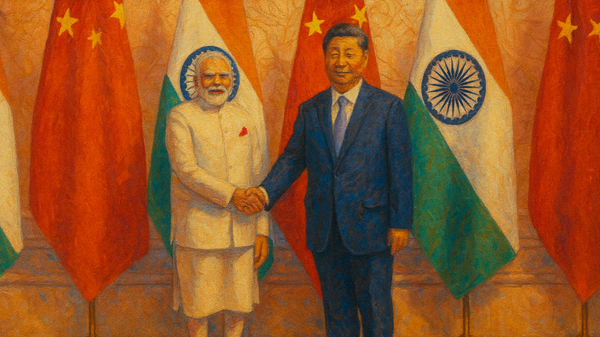Advanced IC Design and Fabrication (<10nm)
Advanced Integrated Circuit (IC) design and fabrication at sub-10 nanometre (nm) scale represents the frontier of semiconductor technology.

Advanced Integrated Circuit (IC) design and fabrication at sub-10 nanometre (nm) scale represents the frontier of semiconductor technology. At this scale, chips pack billions of transistors into incredibly small areas, enhancing performance, reducing power consumption, and enabling new capabilities in artificial intelligence, high-performance computing, and edge devices. The 10nm mark—now surpassed by 7nm, 5nm, and even 3nm processes—signals a leap into extreme miniaturisation, requiring cutting-edge materials science, design techniques, and fabrication infrastructure.
Sub-10nm ICs are built using advanced lithography, including Extreme Ultraviolet (EUV) technology, along with novel transistor architectures such as FinFETs and Gate-All-Around (GAA) FETs. These chips form the backbone of the most powerful computing systems, from smartphones and data centres to advanced weapons and quantum computing controllers.
Strategic Importance to National Capability
Sub-10nm IC technology is not just an enabler—it is a geopolitical lever. Nations that can design and fabricate advanced semiconductors control critical inputs to virtually every modern technology, from defense systems and communications to healthcare and transportation.
Advanced ICs underpin national security. Modern military systems—including missiles, satellites, radar, and autonomous platforms—depend on high-performance, low-power chips for real-time processing and communication. In intelligence and cyber operations, superior ICs enable faster data processing and more secure encryption.
Economically, leadership in sub-10nm fabrication supports global technology exports, creates high-value manufacturing jobs, and fuels innovation ecosystems. It also ensures resilience against supply chain shocks, particularly in the face of increasing strategic competition and semiconductor export controls.
Control over this capability also determines strategic autonomy. Nations without access to sub-10nm technology face vulnerabilities in both civilian and defense sectors, increasing dependence on foreign suppliers and exposing critical systems to potential disruptions.
Top 5 Nations Leading in Advanced IC Design and Fabrication
- Taiwan. Taiwan, through TSMC (Taiwan Semiconductor Manufacturing Company), leads the world in sub-10nm fabrication. TSMC manufactures the most advanced chips at 5nm and 3nm nodes for companies like Apple, AMD, and NVIDIA. Its capability is central to the global semiconductor supply chain and a focal point of geopolitical tension.
- United States. The U.S. is a leader in IC design, with companies like Apple, Intel, AMD, and NVIDIA creating sub-10nm architectures. While much of the manufacturing is outsourced to Asia, U.S. firms lead in Electronic Design Automation (EDA), IP cores, and chip architectures. Investment through the CHIPS Act aims to revive advanced domestic fabrication.
- South Korea. South Korea, led by Samsung, is one of the few nations with both design and sub-10nm fabrication capability. Samsung manufactures advanced logic chips and memory at the 3nm node and is investing heavily in next-generation transistor architectures and AI-optimised chips.
- Japan. Japan plays a critical role in the ecosystem, supplying essential materials, photolithography equipment, and precision components required for sub-10nm fabrication. Though not currently a leader in logic chip production, Japan is indispensable to the global value chain and is investing in advanced design capabilities.
- China. China is rapidly building its IC ecosystem under its “Made in China 2025” strategy. Though constrained by access to EUV tools and leading-edge EDA software due to export controls, Chinese firms are making gains in 14nm and seeking breakthroughs to close the gap, supported by massive state investment and talent development.
Future Outlook
The race toward 2nm and beyond will require continued advances in EUV lithography, chiplet integration, quantum tunnelling mitigation, and novel materials such as 2D semiconductors. Geopolitical tensions will likely continue to shape supply chain realignment and investment patterns.
Nations that master sub-10nm design and fabrication will not only lead in technology—they will command strategic leverage across defence, economy, and diplomacy in the digital age.




